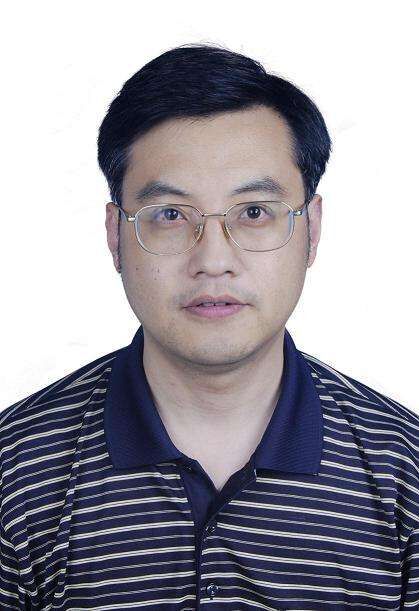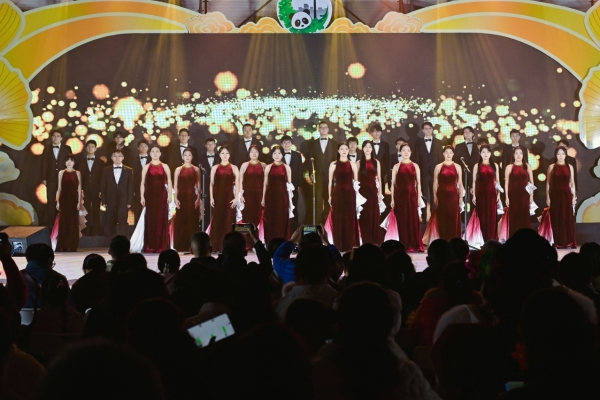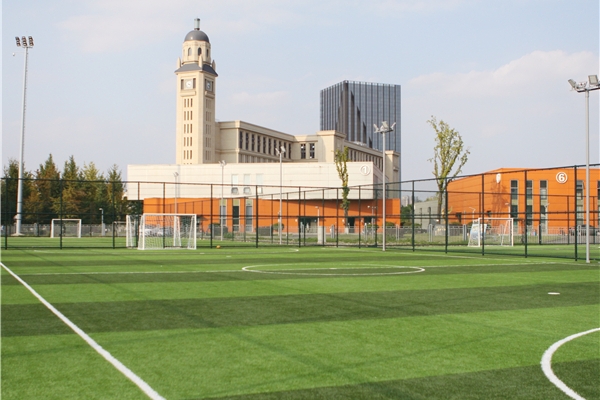即可将网页分享至朋友圈
由基础与前沿研究院主办的“基础论坛”第130期邀请到北京应用物理与计算数学研究所张伟研究员来校进行学术交流。具体安排如下,欢迎师生们参加。
一、主 题:Optical properties of hybrid nanostructures:the interference effect and the chiral response
二、主讲人:张伟 北京应用物理与计算数学研究所 研究员
三、时 间:2018年7月5日(周四)15:00-17:00
四、地 点:沙河校区通信楼818会议室
五、主讲人简介:
 张伟,北京应用物理与计算数学研究所研究员。1998年于中科院理论物理研究所获博士学位,1998至2000年在北京应用物理与计算数学研究所做博士后,2001至2007年在美国做博士后/研究学者,2007年8月至今,任北京应用物理与计算数学研究所研究员。在低维凝聚态/纳米体系的光学、电输运性质等方面进行系统的研究工作,在Nature、Phys. Rev. Lett.、Advanced Materials、 Angew. Chem. Int. Ed.、 Nano Lett.、 ACS Nano、J. Am. Chem. Soc.等国际核心期刊上发表SCI论文/专著章节90余篇。2014年获于敏数理科学奖和中物院科技创新奖。
张伟,北京应用物理与计算数学研究所研究员。1998年于中科院理论物理研究所获博士学位,1998至2000年在北京应用物理与计算数学研究所做博士后,2001至2007年在美国做博士后/研究学者,2007年8月至今,任北京应用物理与计算数学研究所研究员。在低维凝聚态/纳米体系的光学、电输运性质等方面进行系统的研究工作,在Nature、Phys. Rev. Lett.、Advanced Materials、 Angew. Chem. Int. Ed.、 Nano Lett.、 ACS Nano、J. Am. Chem. Soc.等国际核心期刊上发表SCI论文/专著章节90余篇。2014年获于敏数理科学奖和中物院科技创新奖。
六、内容简介:
Modern nanotechnology opens the possibility of combining nanocrystals of various materials with very different characteristics in one superstructure. In this talk, I will present our studies on the optical properties of hybrid nanostructures, focusing on the interference effect and the chiral response. Based on the semiclassical and complete quantum theories, we show that the interplay among different modes leads to interesting interference effects: the Fano effect/plasmon analogy of electromagnetic induced transparency. (PEIT). By tuning the nanostructures and/or the incident field, we have found several novel aspects of interference effect in the hybrid nanocomplex, such as incident field intensity-dependent nonlinear Fano effect, reversed saturated absorption due to plasmon-exciton dual nonlinearity, plasmon-modulated excitation-dependent fluorescence, strong coupling induced optimal nanostructures (and related plasmon-enhanced Forster energy transfer), and configuration modulation of PEIT. The tunable hybrid nanostructures not only lead to tunable interference effect, but also bring about strong chiral responses in certain designed structures. The interaction between molecules and metallic nanorods (NPs) leads to strong induced plasmonic circular dichroism (CD), which can be manipulated by the conformation of the nanoassemblies. In particular, the side-by-side assembled Au nanorods (NRs) show stronger plasmonic CD than that of end-to-end assemblies. The DNA-based assembly provides a remarkable spatial control of plasmonic nanostructures, which results in both the induced CD and structural CD.
基础与前沿研究院
2018年7月3日
编辑:董虹宇 / 审核:林坤 / 发布:陈伟


